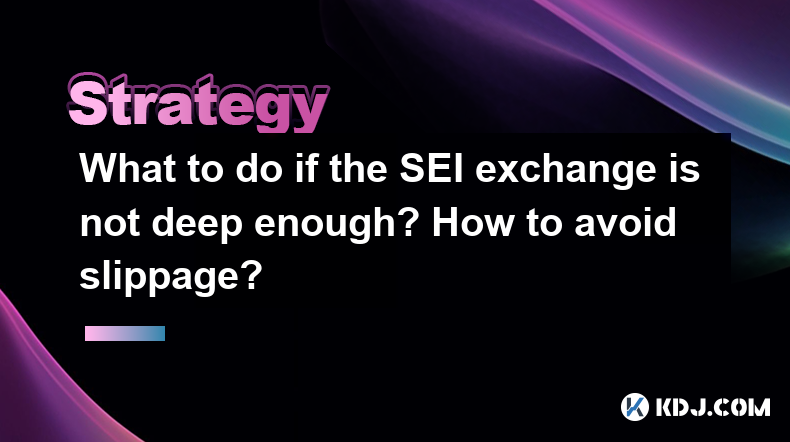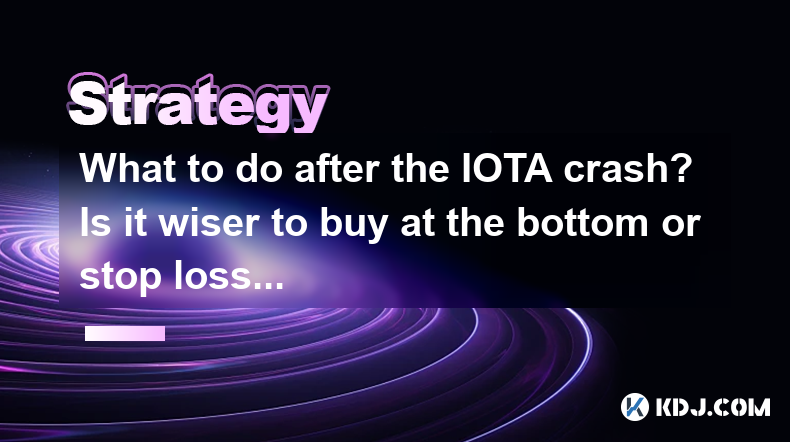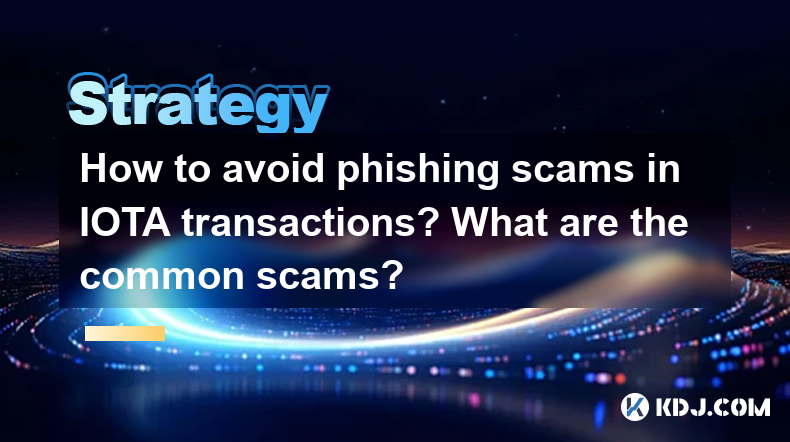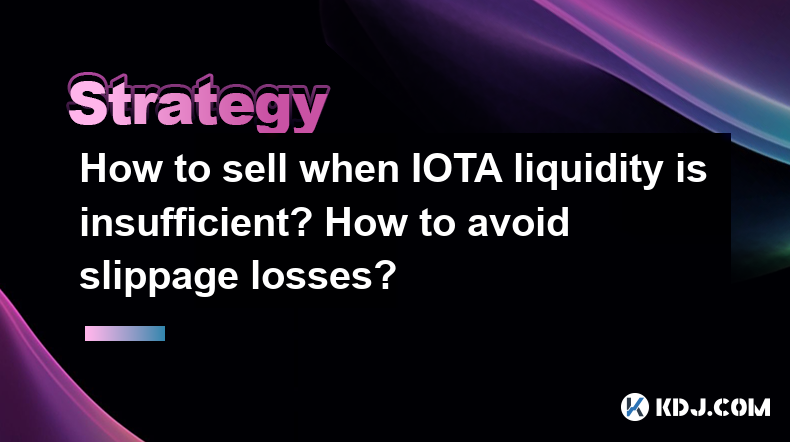-
 Bitcoin
Bitcoin $94,793.8878
-1.51% -
 Ethereum
Ethereum $1,816.1827
-1.41% -
 Tether USDt
Tether USDt $1.0001
-0.01% -
 XRP
XRP $2.1601
-1.56% -
 BNB
BNB $586.1899
-2.23% -
 Solana
Solana $145.7103
-1.31% -
 USDC
USDC $1.0000
0.01% -
 Dogecoin
Dogecoin $0.1706
-3.41% -
 Cardano
Cardano $0.6787
-4.03% -
 TRON
TRON $0.2464
0.26% -
 Sui
Sui $3.2584
-2.63% -
 Chainlink
Chainlink $13.9414
-2.49% -
 UNUS SED LEO
UNUS SED LEO $9.0765
1.46% -
 Avalanche
Avalanche $19.9869
-3.35% -
 Stellar
Stellar $0.2660
-2.16% -
 Toncoin
Toncoin $3.0263
-2.31% -
 Shiba Inu
Shiba Inu $0.0...01267
-2.95% -
 Hedera
Hedera $0.1766
-2.57% -
 Bitcoin Cash
Bitcoin Cash $356.1488
-2.17% -
 Hyperliquid
Hyperliquid $20.0631
-5.96% -
 Litecoin
Litecoin $85.2555
-1.95% -
 Polkadot
Polkadot $3.9273
-2.90% -
 Dai
Dai $0.9999
0.00% -
 Monero
Monero $276.3259
0.25% -
 Bitget Token
Bitget Token $4.3281
-1.26% -
 Ethena USDe
Ethena USDe $1.0005
-0.01% -
 Pi
Pi $0.5888
0.61% -
 Pepe
Pepe $0.0...08075
-2.16% -
 Aptos
Aptos $5.1140
-2.08% -
 Uniswap
Uniswap $5.0418
-1.87%
What to do if the SEI exchange is not deep enough? How to avoid slippage?
Traders can mitigate market depth and slippage issues on the SEI exchange by using limit orders, trading during high volume periods, and leveraging advanced trading tools.
May 04, 2025 at 11:28 pm

When dealing with the SEI exchange, traders often encounter challenges related to market depth and slippage. Market depth refers to the market's ability to absorb relatively large orders without significantly impacting the price, while slippage occurs when the execution price of a trade differs from the expected price. If the SEI exchange is not deep enough, it can lead to significant slippage, making it crucial for traders to employ strategies to mitigate these issues. This article will explore various methods to address these concerns and help traders navigate the SEI exchange more effectively.
Understanding Market Depth and Slippage on SEI
The SEI exchange's market depth is a critical factor that influences trading outcomes. When the order book is thin, even small trades can cause significant price movements. Slippage on the SEI exchange occurs when there aren't enough orders at the desired price level, forcing the trade to be executed at a less favorable price. Understanding these concepts is the first step in developing strategies to manage them effectively.
Strategies to Improve Market Depth
To improve the market depth on the SEI exchange, traders can employ several strategies:
Increase Liquidity Provision: By acting as market makers, traders can add liquidity to the SEI exchange. This involves placing both buy and sell orders at various price levels, which helps to thicken the order book and reduce the likelihood of slippage.
Utilize Limit Orders: Instead of using market orders, which can exacerbate slippage, traders can use limit orders. These orders are executed only at the specified price or better, allowing traders to control the price at which they buy or sell SEI tokens.
Trade During High Volume Periods: Trading during times of high market activity can improve the chances of finding sufficient liquidity on the SEI exchange. Analyzing historical data to identify peak trading times can be beneficial.
Techniques to Minimize Slippage
Minimizing slippage on the SEI exchange requires careful planning and execution. Here are some techniques that can help:
Break Large Orders into Smaller Ones: Instead of executing a single large order, traders can split it into smaller chunks. This approach can reduce the impact on the market price and minimize slippage.
Use Slippage Tolerance Settings: Many trading platforms, including those that support SEI, allow users to set a slippage tolerance. This feature ensures that trades are only executed if the slippage is within an acceptable range.
Monitor the Order Book: Keeping a close eye on the SEI exchange's order book can provide valuable insights into potential slippage. By understanding the current market depth, traders can adjust their strategies accordingly.
Leveraging Advanced Trading Tools
Advanced trading tools can be invaluable for managing market depth and slippage on the SEI exchange. Some of these tools include:
Algorithmic Trading: Algorithms can be programmed to execute trades in a way that minimizes slippage. For example, volume-weighted average price (VWAP) algorithms can help traders execute large orders at a more favorable average price.
Trading Bots: Automated trading bots can monitor the SEI exchange's order book and execute trades based on predefined criteria. These bots can help manage slippage by executing orders at optimal times.
Arbitrage Opportunities: Identifying and exploiting arbitrage opportunities across different exchanges can also help manage slippage on the SEI exchange. By buying SEI tokens on one exchange and selling them on another, traders can take advantage of price discrepancies.
Practical Steps to Implement These Strategies
Implementing the above strategies on the SEI exchange requires a systematic approach. Here are some practical steps to follow:
Analyze Market Data: Start by analyzing historical data to understand the typical market depth and slippage patterns on the SEI exchange. This can help in planning trades more effectively.
Set Up Trading Parameters: Configure your trading platform to use limit orders and set appropriate slippage tolerance levels. This can be done through the platform's settings or by using specific order types.
Monitor and Adjust: Continuously monitor the SEI exchange's order book and adjust your trading strategies as needed. This might involve changing the size of your orders or the timing of your trades.
Use Trading Tools: If available, leverage advanced trading tools such as algorithmic trading algorithms or trading bots to automate and optimize your trading on the SEI exchange.
Stay Informed: Keep up-to-date with news and developments related to SEI and the broader cryptocurrency market. Market sentiment can significantly impact liquidity and slippage on the SEI exchange.
Frequently Asked Questions
Q: Can using a decentralized exchange (DEX) help with market depth and slippage on SEI?
A: Decentralized exchanges (DEXs) can sometimes offer better liquidity for certain tokens, including SEI. However, the effectiveness depends on the specific DEX and the liquidity pools available. It's worth exploring different DEXs to see if they provide better market depth and lower slippage for SEI trades.
Q: How can I measure the market depth of the SEI exchange?
A: Market depth can be measured by looking at the SEI exchange's order book. The order book shows the number of buy and sell orders at different price levels. A deeper market will have more orders at various price points, indicating better liquidity and less potential for slippage.
Q: Are there any specific indicators I can use to predict slippage on the SEI exchange?
A: While there are no specific indicators solely for predicting slippage, traders can use volume indicators, such as the volume profile, to gauge market liquidity. Additionally, monitoring the bid-ask spread can provide insights into potential slippage on the SEI exchange.
Q: Can trading fees on the SEI exchange impact my strategy to avoid slippage?
A: Yes, trading fees can impact your overall trading costs and should be considered when planning to minimize slippage. Higher fees can reduce the net profit from trades, so it's important to choose an exchange with competitive fee structures while also considering market depth and liquidity.
Disclaimer:info@kdj.com
The information provided is not trading advice. kdj.com does not assume any responsibility for any investments made based on the information provided in this article. Cryptocurrencies are highly volatile and it is highly recommended that you invest with caution after thorough research!
If you believe that the content used on this website infringes your copyright, please contact us immediately (info@kdj.com) and we will delete it promptly.
- BlockDAG Sees Whale Sell-Off, Solana Fails Breakout & BlockDAG Drops 25M BDAG in High-Stakes Buyer Battles
- 2025-05-05 06:15:12
- Bitcoin Solaris (BTC-S): The Best Crypto to Mine Without Needing Massive Machines or Huge Electricity Bills
- 2025-05-05 06:15:12
- Remittix Price Action is Gaining Traction as Recovery in Network Activity Alongside Technical Factors Paints a Bullish Outlook for SOL
- 2025-05-05 06:10:12
- Qubetics ($TICS) is the hottest new crypto
- 2025-05-05 06:10:12
- Troller Cat ($TCAT) Presale Reaches Stage 3 as the Crypto Market Gears Up for a New Wave of Meme Coins
- 2025-05-05 06:05:14
- Troller Cat ($TCAT) vs. Floki ($FLOKI): Which Meme Coin Will Win the 2025 Cycle?
- 2025-05-05 06:05:14
Related knowledge

Is IOTA a long-term holding or a swing trade? Which one will yield higher returns?
May 04,2025 at 01:56am
Is IOTA a long-term holding or a swing trade? Which one will yield higher returns? IOTA is a unique cryptocurrency that operates on a distributed ledger technology called the Tangle, which is different from the traditional blockchain used by most cryptocurrencies. This distinction has led to a lot of debate about whether IOTA is better suited as a long-...

What to do after the IOTA crash? Is it wiser to buy at the bottom or stop loss?
May 01,2025 at 08:43am
After experiencing a significant crash in the value of IOTA, investors and traders are often left wondering about the best course of action. The decision to buy at the bottom or implement a stop loss can be pivotal, and understanding the nuances of each strategy is essential for making informed decisions. This article delves into the various approaches ...

Is the IOTA trading robot easy to use? How to set up an automated strategy?
Apr 30,2025 at 09:21pm
Is the IOTA trading robot easy to use? How to set up an automated strategy? The world of cryptocurrency trading has seen significant advancements in automation, and one such tool is the IOTA trading robot. Many traders are curious about the ease of use of these robots and how to set up an automated strategy. This article will delve into these topics, pr...

How to avoid phishing scams in IOTA transactions? What are the common scams?
May 04,2025 at 12:14am
Phishing scams are a prevalent issue within the cryptocurrency community, and IOTA transactions are no exception. To safeguard your assets and personal information, it's crucial to understand how to avoid these scams and recognize the common types you might encounter. This article will delve into the strategies for protecting yourself and the typical sc...

Which is more suitable for novices, IOTA contracts or spot? Where is the risk difference?
May 03,2025 at 03:35pm
When considering which cryptocurrency investment is more suitable for novices, it's essential to understand the differences between IOTA contracts and spot trading. Both options present unique opportunities and risks, but they cater to different types of investors with varying levels of experience and risk tolerance. In this article, we will delve into ...

How to sell when IOTA liquidity is insufficient? How to avoid slippage losses?
Apr 30,2025 at 05:21pm
Understanding IOTA LiquidityWhen dealing with cryptocurrencies like IOTA, liquidity refers to how easily you can buy or sell the asset without affecting its market price significantly. Insufficient liquidity in IOTA can lead to challenges such as slippage, where the price at which your order is executed differs from the price you expected. This article ...

Is IOTA a long-term holding or a swing trade? Which one will yield higher returns?
May 04,2025 at 01:56am
Is IOTA a long-term holding or a swing trade? Which one will yield higher returns? IOTA is a unique cryptocurrency that operates on a distributed ledger technology called the Tangle, which is different from the traditional blockchain used by most cryptocurrencies. This distinction has led to a lot of debate about whether IOTA is better suited as a long-...

What to do after the IOTA crash? Is it wiser to buy at the bottom or stop loss?
May 01,2025 at 08:43am
After experiencing a significant crash in the value of IOTA, investors and traders are often left wondering about the best course of action. The decision to buy at the bottom or implement a stop loss can be pivotal, and understanding the nuances of each strategy is essential for making informed decisions. This article delves into the various approaches ...

Is the IOTA trading robot easy to use? How to set up an automated strategy?
Apr 30,2025 at 09:21pm
Is the IOTA trading robot easy to use? How to set up an automated strategy? The world of cryptocurrency trading has seen significant advancements in automation, and one such tool is the IOTA trading robot. Many traders are curious about the ease of use of these robots and how to set up an automated strategy. This article will delve into these topics, pr...

How to avoid phishing scams in IOTA transactions? What are the common scams?
May 04,2025 at 12:14am
Phishing scams are a prevalent issue within the cryptocurrency community, and IOTA transactions are no exception. To safeguard your assets and personal information, it's crucial to understand how to avoid these scams and recognize the common types you might encounter. This article will delve into the strategies for protecting yourself and the typical sc...

Which is more suitable for novices, IOTA contracts or spot? Where is the risk difference?
May 03,2025 at 03:35pm
When considering which cryptocurrency investment is more suitable for novices, it's essential to understand the differences between IOTA contracts and spot trading. Both options present unique opportunities and risks, but they cater to different types of investors with varying levels of experience and risk tolerance. In this article, we will delve into ...

How to sell when IOTA liquidity is insufficient? How to avoid slippage losses?
Apr 30,2025 at 05:21pm
Understanding IOTA LiquidityWhen dealing with cryptocurrencies like IOTA, liquidity refers to how easily you can buy or sell the asset without affecting its market price significantly. Insufficient liquidity in IOTA can lead to challenges such as slippage, where the price at which your order is executed differs from the price you expected. This article ...
See all articles




















































































